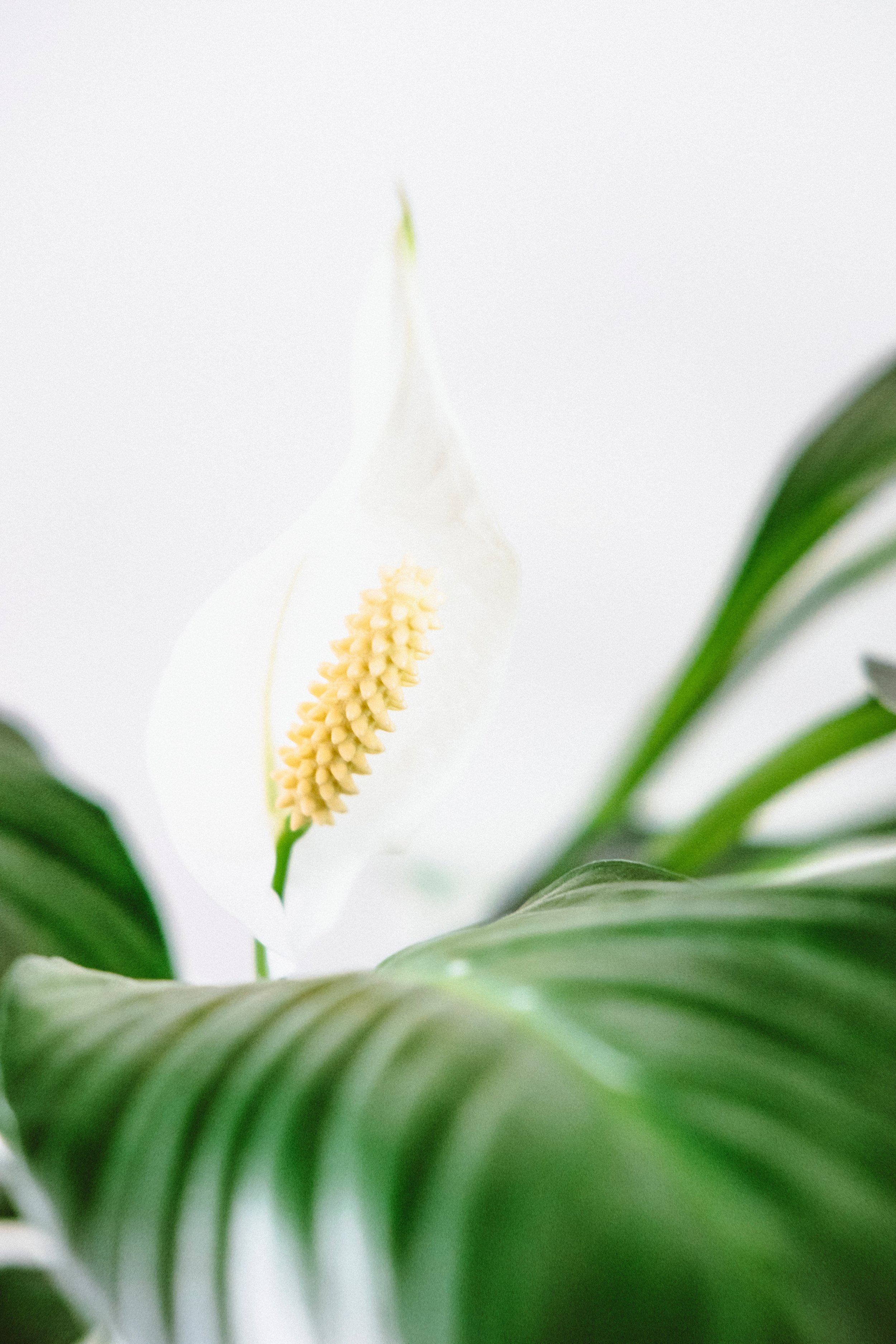From Stress to Zen: Create a Sanctuary with Biophilic Design
Biophilic design is an innovative concept that recognizes the intrinsic relationship between humans and nature. It incorporates natural elements and features into architectural and interior designs, bringing the outdoors inside and promoting a connection to the natural world. This design approach has been shown to have a range of benefits for both physical and mental health, as well as productivity and well-being.
One of the primary benefits of biophilic design is the positive impact it can have on mental health. Studies have shown that exposure to nature and natural elements can reduce stress levels and promote relaxation, leading to improved mental health outcomes.
In the words of Oliver Heath, "Biophilic design is not just about adding plants and water features. It's about creating a multi-sensory experience that engages all the senses and creates a connection with nature."
So, how can biophilic design be incorporated into a home?
Here are some practical tips for bringing the outdoors inside:
Use natural materials
Incorporating natural materials such as wood, stone, and clay can help to create a connection to nature and promote a sense of calm and well-being. These materials can be used in flooring, walls, and furniture to create a warm and inviting space. Consider natural material such as cotton, linen, wool or silk for curtains, pillows or rugs.
Bring in plants
Plants are one of the easiest and most effective ways to incorporate biophilic design into a home. Adding plants to your living space can improve air quality, reduce stress, and create a more inviting and welcoming atmosphere. Some favourite plants include the peace lily, the monstera deliciosa, the fig leaf tree and the bamboo.
Maximize natural light
Natural light is essential for biophilic design, as it provides a connection to the outdoors and promotes a sense of well-being. Maximizing natural light in your home can be achieved through the use of large windows, skylights, and open floor plans as well as the use of window treatments which allow the natural light in.
Incorporate water features
Water features such as fountains and ponds can help to create a calming and peaceful environment in the home. The sound of running water can promote relaxation and reduce stress levels, while the visual element can provide a connection to nature. There are many options available for indoor fountains that look stylish and sophisticated.
Use colours inspired by nature
Incorporating hues inspired by nature such as green, blue, and brown can help to create a calming and relaxing environment in the home. These colours can be used in walls, furniture, artwork, and accessories to create a cohesive and inviting space. Consider the use of wall paper, as a feature wall for example, with natural motifs.
Display artwork with nature inspired themes
Including artwork with nature-inspired themes is a simple yet effective way to incorporate biophilic design into a home. Artwork depicting landscapes, botanicals, or animals can bring a sense of peace and evoke positive emotions. Additionally, it can serve as a reminder to appreciate the natural world and its beauty, even when indoors.
Incorporating natural elements and features into our homes can help to create a calming and peaceful environment that promotes relaxation, reduces stress levels, and improves overall health and well-being. By following the practical tips outlined above, it is possible to bring the outdoors inside and create a home that is relaxing, beautiful and functional.

